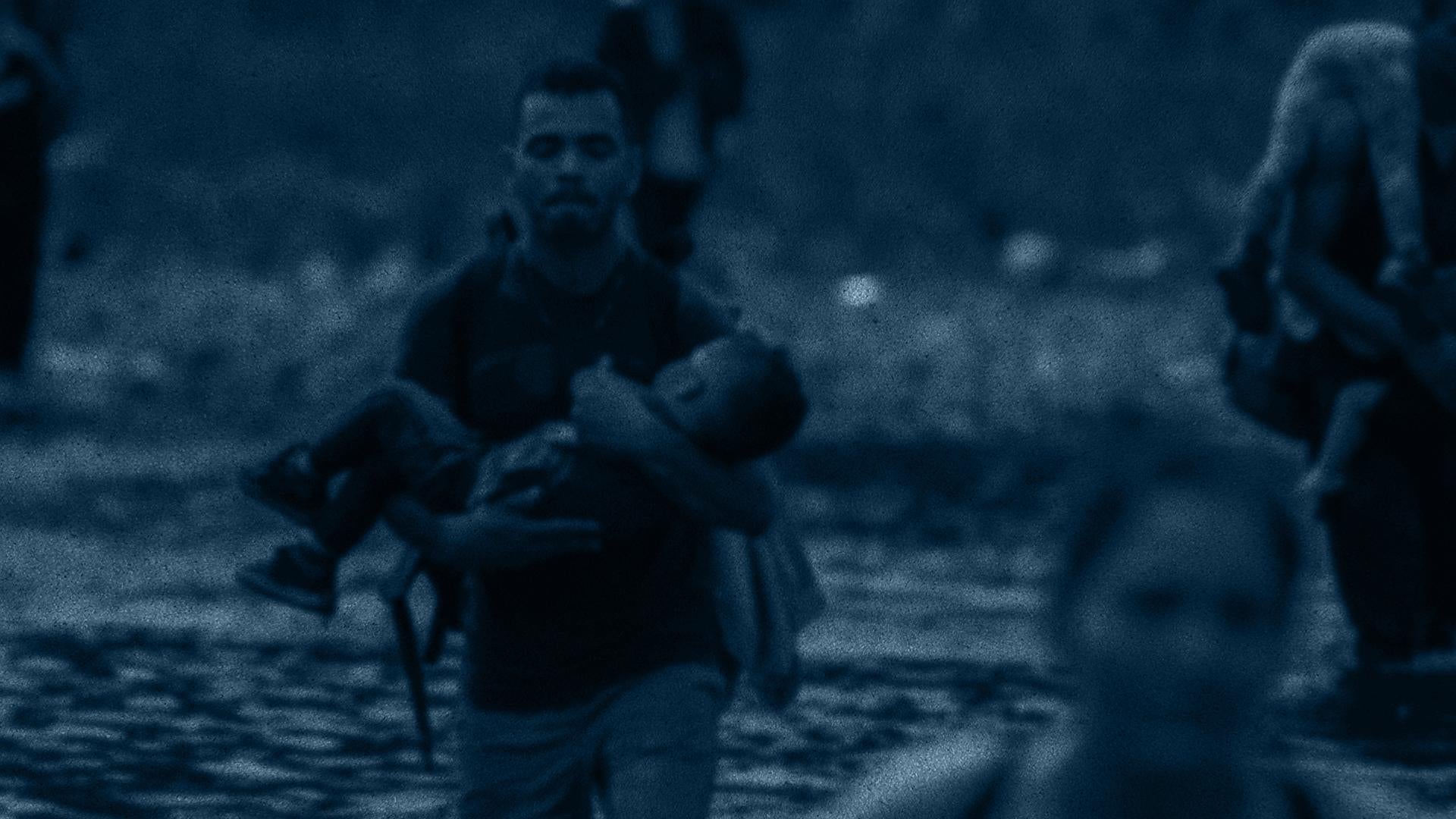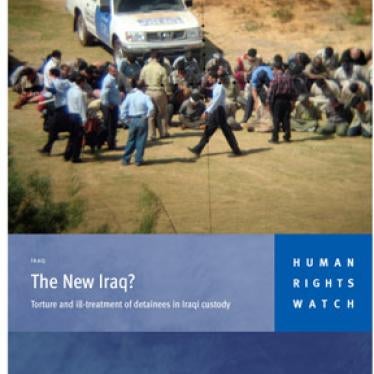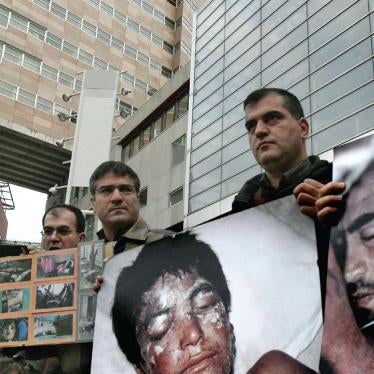(New York/Brussels) - A new map released today by Human Rights Watch confirms that as a practical matter, NATO troops must encounter indicted war crimes suspects in the course of their regular duties in Bosnia and Hercegovina.
The map shows how SFOR and indicted persons are in close proximity to one another in at least 8 locations. Yet, aside from a solitary action in Prijedor in July, NATO forces never have arrested indicted war crimes suspects. "The map shows that NATO's failure to arrest has nothing to do with its inability to locate indicted persons. It's a grievous failure of political will," charged Holly Cartner, Executive Director of Human Rights Watch/Helsinki.
Released to coincide with the second anniversary of the Dayton peace agreement on November 21, the map shows the location of major bases of the NATO-led Stabilization Force (SFOR) and the whereabouts of 41 named war crimes suspects still at large in Bosnia and Hercegovina. According to the map, the British sector contains 23 indicted war crimes suspects, the French sector 8, including Radovan Karadzic, and the American sector 8, including Ratko Mladic. "You or I wouldn't want a war criminal for a neighbor, so why do NATO forces?" Cartner added.
Two years after Dayton, almost three-quarters of those indicted for war crimes in former Yugoslavia have yet to face justice. Human Rights Watch asserts that NATO arrests provide the only real chance for justice in Bosnia. Recent cases from towns such as Foca confirm that NATO troops do not arrest even when they do encounter indicted persons. "Unless the United States, the United Kingdom and France order the troops under their command to make arrests, indicted war crimes suspects in Bosnia will never be brought to justice," said Ms. Cartner.
|
News Release
Good neighbors? NATO and indicted war crimes suspects in Bosnia and Hercegovina

Make Your Gift Go Even Further
Make your year-end gift today and it will be multiplied to power Human Rights Watch’s investigations and advocacy as we head into 2026. Our exclusive match is only available until December 31.
Region / Country
Topic
Related content
Most Viewed
-
November 25, 2019
A Dirty Investment

-
January 24, 2005
The New Iraq?

-
March 29, 2021
“Everything I Have to Do is Tied to a Man”

-
December 19, 2024
Extermination and Acts of Genocide

-
December 21, 2023
Meta’s Broken Promises


